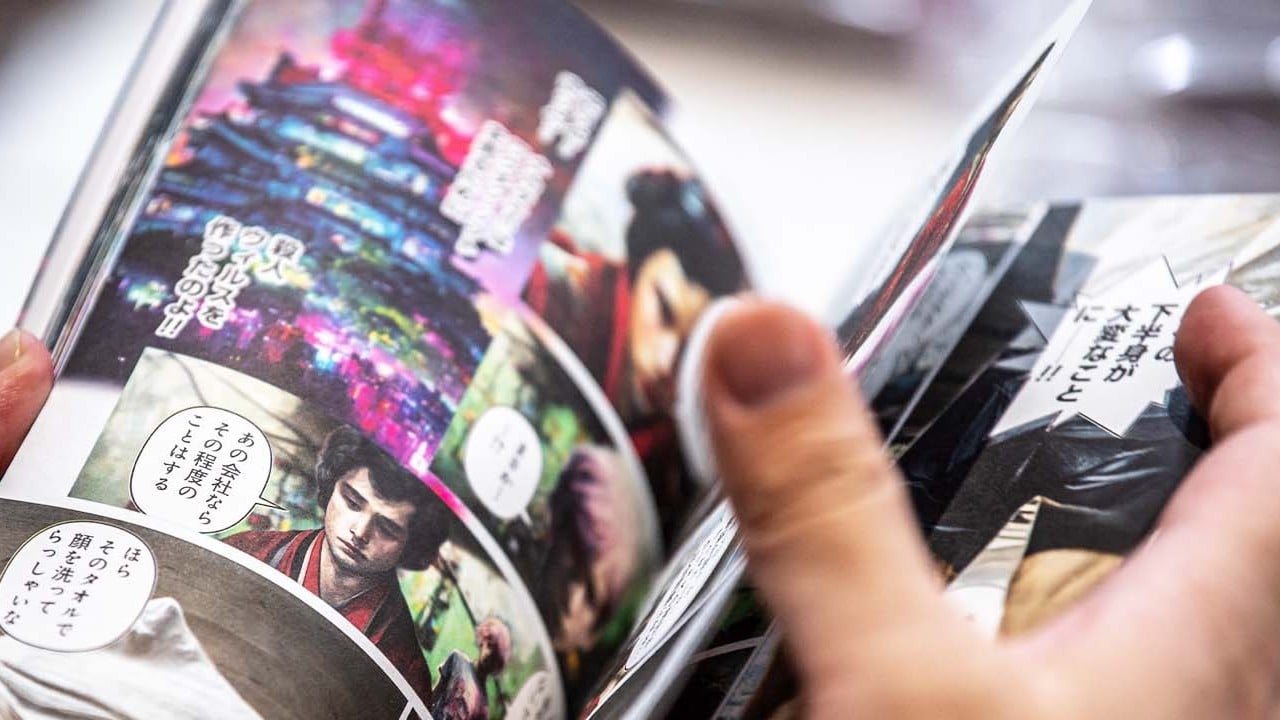
Don’t ban tools like ChatGPT for students when they will have to work with AI
- A ban by universities won’t stop students from using the likes of ChatGPT, while incorporating AI tools into teaching can motivate learning
- Importantly, it will mean they are better prepared to use AI when they enter the workforce
I am shocked and awed by the ease of use and capability of these generative AI tools, which use large language models to understand and respond to questions, generating humanlike responses in natural language.
ChatGPT took the world by storm with over 100 million users just two months after its launch, making it the fastest-growing consumer app ever. It can quickly answer questions, write essays and poems, and even generate computer code.
Instead of being banned from using ChatGPT, students would be better served if universities embrace it as a teaching aid to spark creativity, support personalised learning and stimulate engagement.
Students learn concepts at different speeds and in different ways. ChatGPT is great for generating additional examples and analogies to help students understand concepts better. In many cases, homework follows a traditional question and answer format that some students find dull. To engage them without sacrificing learning, I ask my students to use ChatGPT to answer my assigned questions that involve calculations. (They are likely to do so anyway.)
Then I ask them to evaluate the generated solution for correctness of approach and solutions, grading their reports. By asking students to play instructor and grade ChatGPT’s answers, which may be incorrect, they can be more engaged in learning.
Incorporating AI tools into teaching can motivate students to learn. More importantly, it prepares them to work with AI tools.
Another study found that jobs in agriculture, mining and manufacturing are the least exposed to generative AI, with information processing jobs the most exposed because the programming and writing skills required are a closer match for ChatGPT’s capabilities. Goldman Sachs estimates that generative AI tools could drive a 7 per cent, or almost US$7 trillion, increase in the global economy and lift productivity growth by 1.5 percentage points by 2033.
Because ChatGPT responds in natural language, it can potentially provide financial advice on saving and spending. In the United States, Morgan Stanley has begun using chatbots powered by OpenAI – the company behind ChatGPT – to organise its wealth management database, helping advisers pull up data and research more efficiently. The World Economic Forum predicts that, by 2027, 23 per cent of jobs in China’s financial sector will be replaced by AI.
Besides the information processing industries that include the financial sector, the publishing industry will also be affected by ChatGPT because it can generate humanlike text in a conversational context with near-perfect prose. Media outlets such as Business Insider, CNET and CNBC have all used ChatGPT to write news stories.
More marketing professionals are using AI, with 84 per cent reporting doing so in 2020, up from just 29 per cent the year before, according to Salesforce research. In Hollywood, where the Writers Guild of America are on strike for better pay, many screenwriters worry about being replaced by ChatGPT or ending up as editors to clean up AI-written scripts.
Generative AI tools, while far from perfect, are disruptive. These tools can help us and our students become more productive and create new value for society. Teaching alongside ChatGPT requires us to change our pedagogics. This can be challenging, but we cannot afford to make the mistake of banning these powerful learning tools.
Christopher S. Tang is a distinguished professor at the UCLA Anderson School of Management




